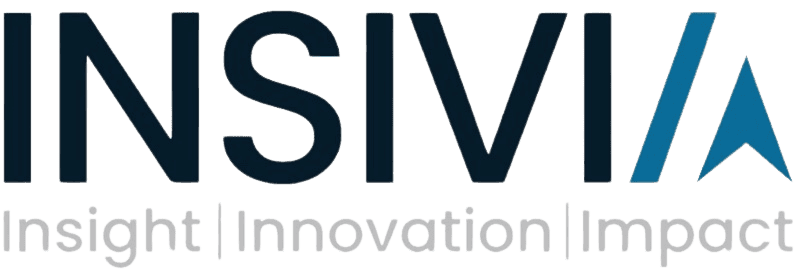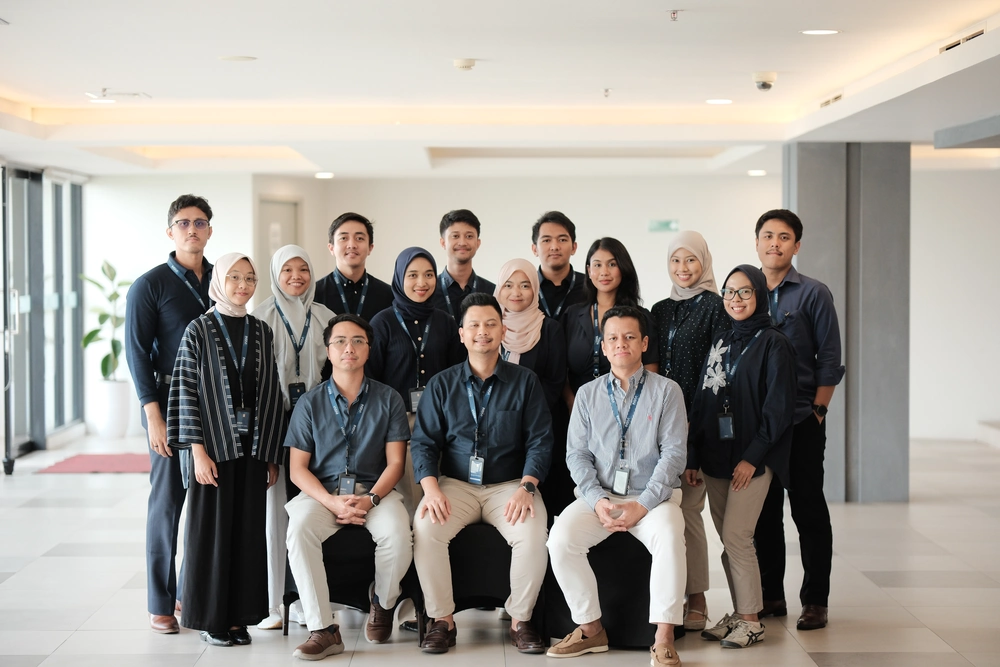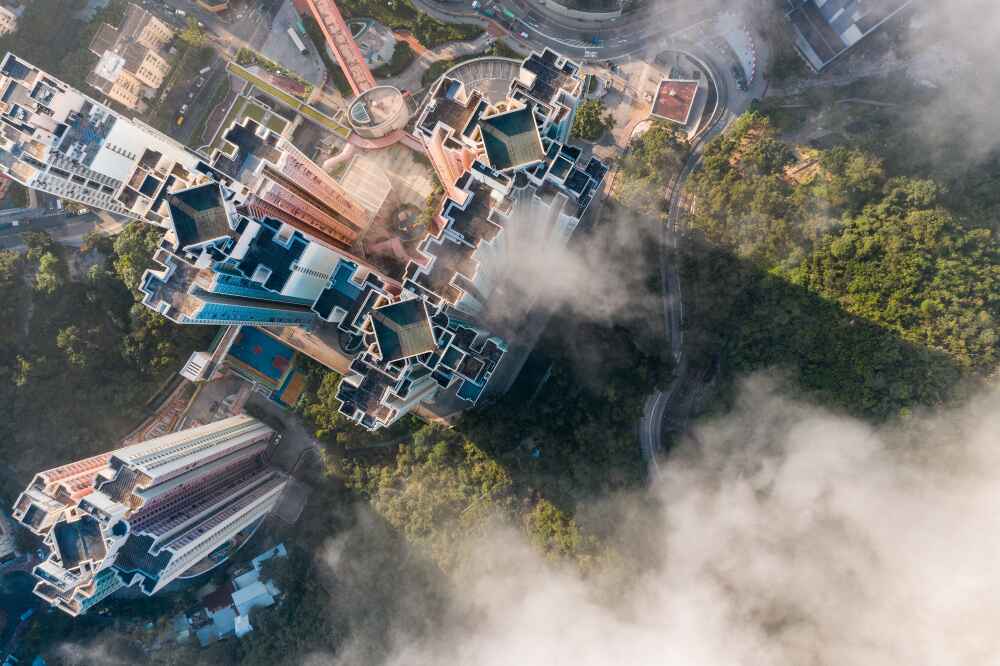In the ever-evolving landscape of urban development, the concept of ‘smart cities’ has emerged as a beacon of innovation, integrating technology and urban planning to enhance the quality of life and sustainability. However, the journey towards developing these smart cities is laden with a myriad of challenges and opportunities.
Singapore: A Model of Integrated Planning
Singapore is often cited as a leading example of smart city development. The city-state’s Smart Nation initiative, launched in 2014, focuses on harnessing technology to improve living standards and create economic opportunities. Key projects include the implementation of a sensor network across the city to optimize the efficiency of urban services like traffic and crowd management, and the development of digital services to facilitate more accessible government services. Singapore’s success lies in its holistic approach, integrating technological solutions into every aspect of urban planning.
Amsterdam, Netherlands: Emphasis on Sustainability and Citizen Engagement
Amsterdam’s smart city strategy prioritizes sustainability and citizen engagement. The Amsterdam Smart City initiative, started in 2009, involves a collaborative effort between local residents, businesses, and the government. Projects such as Smart Parking, which uses sensors to provide real-time parking information, and flexible solar panels in urban areas, demonstrate the city’s commitment to using technology for sustainable development. Amsterdam’s approach is characterized by its bottom-up strategy, focusing on community-driven solutions.
Barcelona, Spain: Enhancing Quality of Life through Innovation
Barcelona has been a front-runner in embracing smart city solutions to enhance residents’ quality of life. The city’s initiatives include smart lighting systems that conserve energy, smart water management technologies, and the implementation of an integrated fiber optics network to provide high-speed internet. Barcelona’s use of IoT technologies in urban infrastructure exemplifies how technology can be effectively integrated into city planning to improve efficiency and reduce costs.
Songdo, South Korea: The Birth of a Smart City from Scratch
Songdo stands out as an example of a smart city built from the ground up. This city was designed with sustainability, technology, and livability at its core. Key features include a pneumatic waste disposal system, extensive green spaces, and a citywide network of sensors to monitor environmental metrics and traffic flow. Songdo demonstrates the possibilities of smart city planning when starting with a clean slate.
Stockholm, Sweden: Focusing on a Smart and Connected Future
Stockholm’s smart city approach focuses on creating a connected and sustainable future. The city’s broadband strategy aims to provide 90% of households and businesses with high-speed internet by 2025. Stockholm also prioritizes green technologies, as seen in its eco-friendly district, Hammarby Sjöstad, which integrates sustainable waste management, energy efficiency, and green transport solutions.
From Singapore’s integrated planning to Amsterdam’s focus on sustainability and citizen engagement, each example provides unique lessons in leveraging technology for urban improvement. These cities demonstrate that while the path to becoming a smart city varies, the core principles of sustainability, innovation, citizen-centric design, and strategic use of technology are universal. As urban areas worldwide strive towards smart city development, these global examples serve as benchmarks and inspiration, showcasing the transformative potential of smart urban planning.
Challenges in Developing Smart Cities
1. Technological Integration: A primary challenge is embedding advanced technologies such as IoT, AI, and big data into the existing urban infrastructure. This requires substantial investment and expertise to ensure seamless integration and operation.
2. Data Privacy and Security: With the increased reliance on digital platforms, protecting citizen data becomes paramount. Developing robust cybersecurity measures is both a necessity and a challenge.
3. Sustainable Development: Balancing technological advancement with environmental sustainability is crucial. This includes addressing issues like energy consumption, waste management, and pollution control.
4. Funding and Investments: Financing the development of smart cities is a significant hurdle. This involves not just initial funding but also sustainable economic models for long-term operation and maintenance.
5. Public Engagement and Governance: Ensuring public participation and creating effective governance models are essential for the successful implementation and acceptance of smart city initiatives.
Tools Modified for Smart City Development
1. Infrastructure Modernization: This includes the development of smart grids, sustainable buildings, and efficient transportation systems.
2. Digitalization and Connectivity: Establishing a strong digital infrastructure with widespread internet connectivity is a key benchmark.
3. Public Service Innovation: Developing innovative solutions for health, education, and public safety, tailored to the needs of the urban population.
4. Policy and Regulatory Frameworks: Establishing clear policy and regulatory frameworks to guide smart city development, ensuring accountability and transparency.
5. Global Standards and Best Practices: Adhering to international standards and learning from global best practices in smart city development.
In conclusion, while the path to developing smart cities is fraught with challenges, it is also ripe with opportunities for innovation, growth, and improved quality of urban life. Achieving these goals requires a balanced approach, considering technological advancements, sustainability, economic viability, and citizen engagement. The benchmarks set forth provide a roadmap for cities aiming to transition into smarter, more sustainable, and more livable spaces for their inhabitants.






